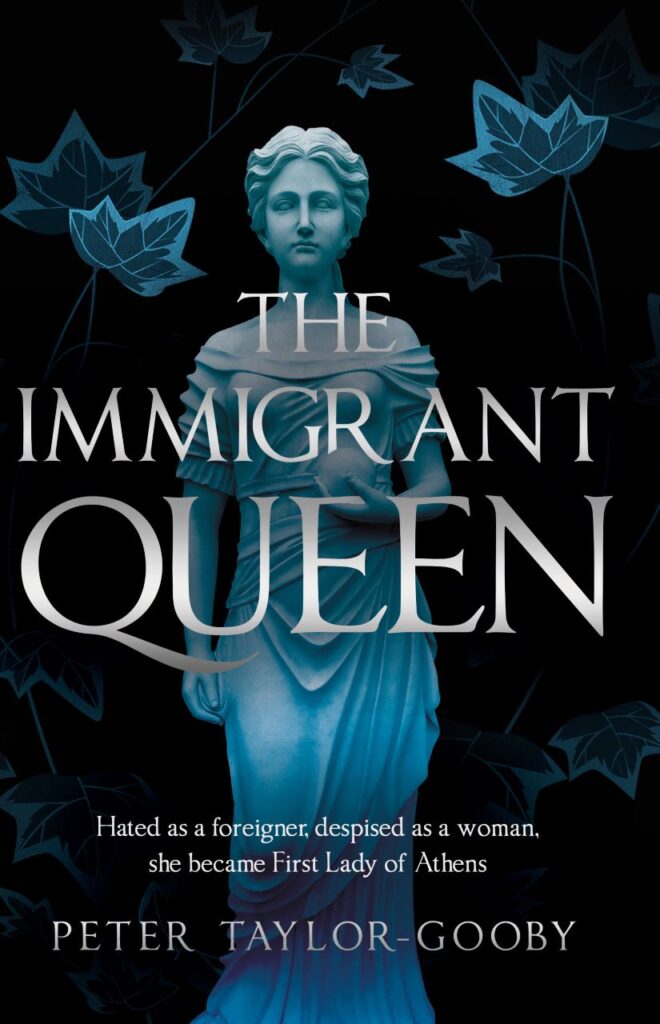Chasing the Banyan Wind
Driven out of damp and cold Bristol by bad health, Jonathan Gunn, his wife Wilemina, and their two children, Dunstan and Eliza, emigrated to Jamaica in the early 1920s. They built a house outside of the town of Hedley, and the children made friends with the locals, a diverse group including not only native Jamaicans but Chinese and Jewish immigrants as well. The narrative traces Dunstan and Eliza’s formative years and their close friendships with Peter and Maggie Chung. Both the need to travel for education (for the boys) as well as the outbreak of World War II broke up this tight band, bringing into sharp focus the social, economic, and racial distinctions rampant on the island.
As the four pursue different paths, issues of gender and the limited options for women take center stage. Eliza risks her safety, her mother’s love, and society’s approval, as she chooses to follow her heart with Lucas Paynado, a Jamaican who once lived on the Gunns’ property but who now has political ambitions. Maggie turns away from what she thought was love to hide from a situation of disgrace. Wilemina also has to change her long-held beliefs, born of naiveté and her upbringing in Britain.
Dyer’s story is simply told and is a haunting tale of Jamaican life for locals and immigrants during the first half of the 20th century. Local history and folklore are interwoven with imperialist overtones prevalent during the time. Dyer provides an honest, unfiltered perspective not often reflected in mainstream US or UK novels about Jamaica, which is a welcome contrast to narratives that soft-pedal the issues underlying the area’s history.










